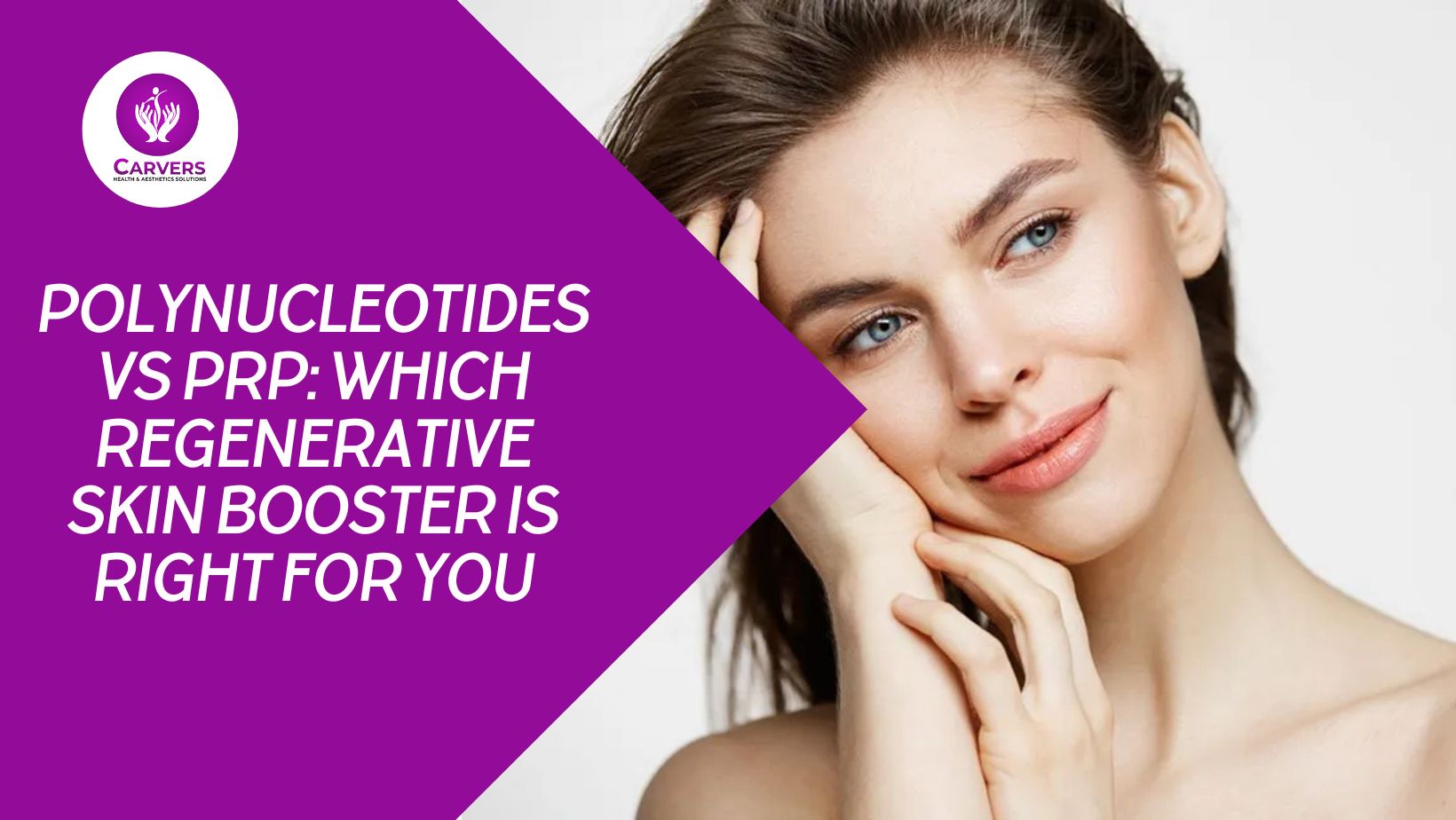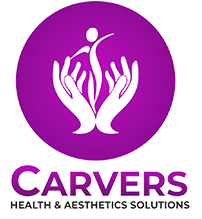
Polynucleotides vs PRP: Which Regenerative Skin Booster is Right for You (1 sept)
In the world of modern aesthetics, skin rejuvenation has moved beyond creams and facials into advanced regenerative treatments. Two of the most talked-about options today are Polynucleotides (PNs) and Platelet-Rich Plasma (PRP). Both are designed to stimulate repair, improve skin texture, and restore a youthful glow, but they work in different ways. Understanding their differences can help you choose the right treatment for your needs.
Understanding Polynucleotides: Cellular Repair at Its Core
Polynucleotides are biocompatible molecules derived from natural DNA fragments, often sourced from salmon. They are known for their ability to stimulate skin cell regeneration at the deepest level. When injected, polynucleotides activate fibroblasts, improve hydration, and enhance skin elasticity.
This treatment is especially beneficial for individuals dealing with fine lines, dullness, or loss of firmness. Polynucleotides don’t just give temporary results—they repair and restore the skin structure from within, leading to long-term improvements. They are also suitable for sensitive skin since they promote healing and reduce inflammation.
If your primary concern is anti-aging, hydration, and skin quality restoration, polynucleotides may be the better option for you.
PRP: The Natural Power of Your Own Growth Factors
Platelet-Rich Plasma (PRP) is a treatment that uses the patient’s own blood, which is processed to extract plasma rich in growth factors. When injected into the skin, PRP stimulates collagen production, improves circulation, and accelerates healing.
PRP has been widely used in both aesthetics and medicine for years. In skincare, it’s highly effective for reducing acne scars, improving overall tone and texture, and minimizing fine lines. Since PRP is derived from your own body, it’s a natural and safe procedure with minimal risk of adverse reactions.
For individuals struggling with acne scars, pigmentation, or overall skin dullness, PRP offers visible improvements by boosting natural regeneration processes.
Choosing the Right Treatment for Your Needs
Both treatments deliver remarkable results, but the right choice depends on your skin concerns and goals. If you’re looking for deep cellular repair, hydration, and anti-aging benefits, polynucleotides are an excellent choice. On the other hand, if your concerns revolve around scarring, uneven texture, or rejuvenating tired-looking skin, PRP may be more suitable.
Some patients even choose to combine the two treatments for enhanced results—leveraging the natural healing power of PRP along with the restorative properties of polynucleotides. Consulting with an experienced practitioner is the best way to determine which treatment aligns with your skin’s unique needs.
Conclusion
Both Polynucleotides and PRP represent the future of regenerative aesthetics, offering natural, effective, and long-lasting skin rejuvenation. While each has its strengths, the ideal choice depends on your individual concerns and desired outcomes.
For expert consultation and safe, result-oriented treatments, Carvers provides the best services, ensuring you receive advanced skin boosters tailored to your needs with the highest standards of care and professionalism.
